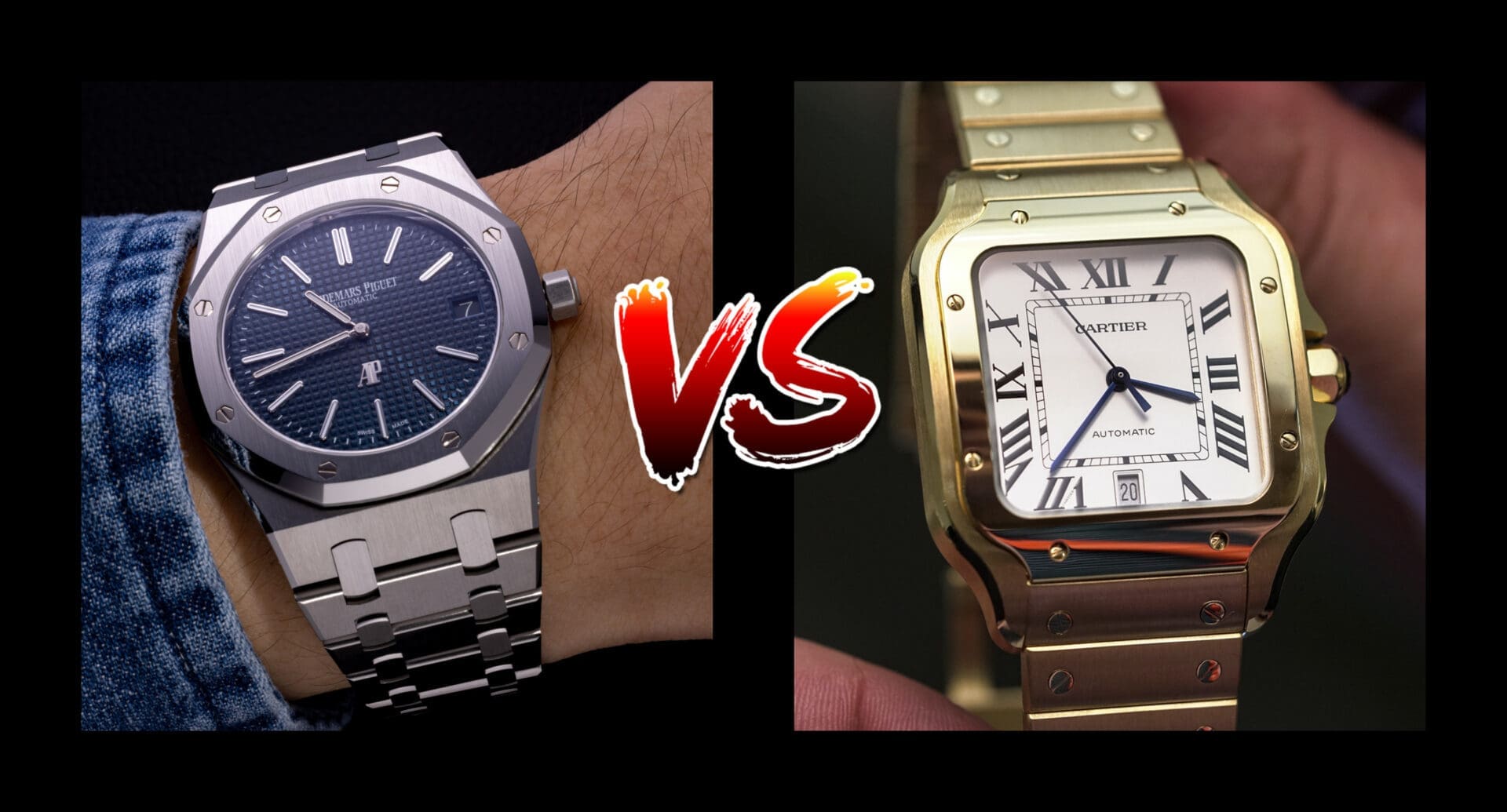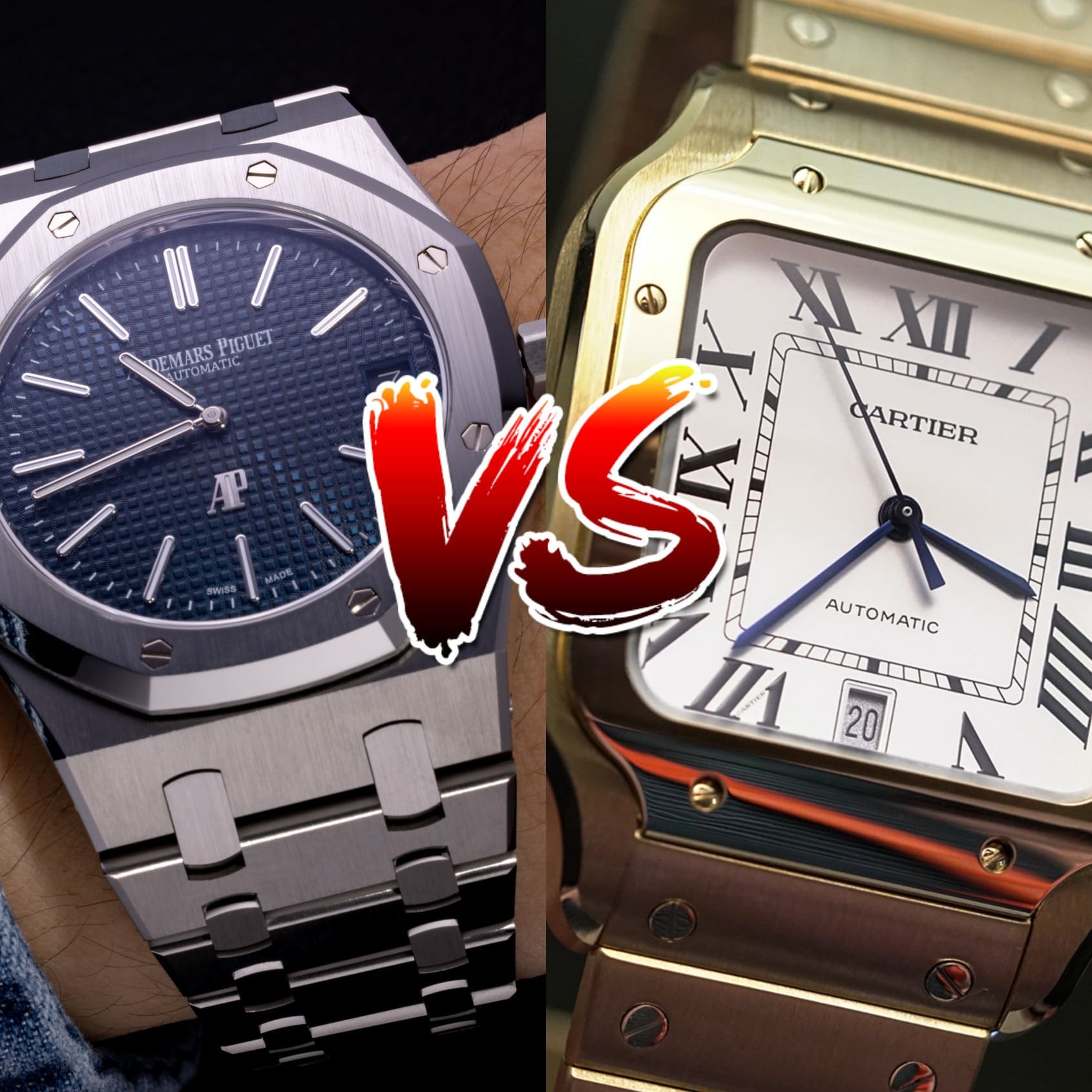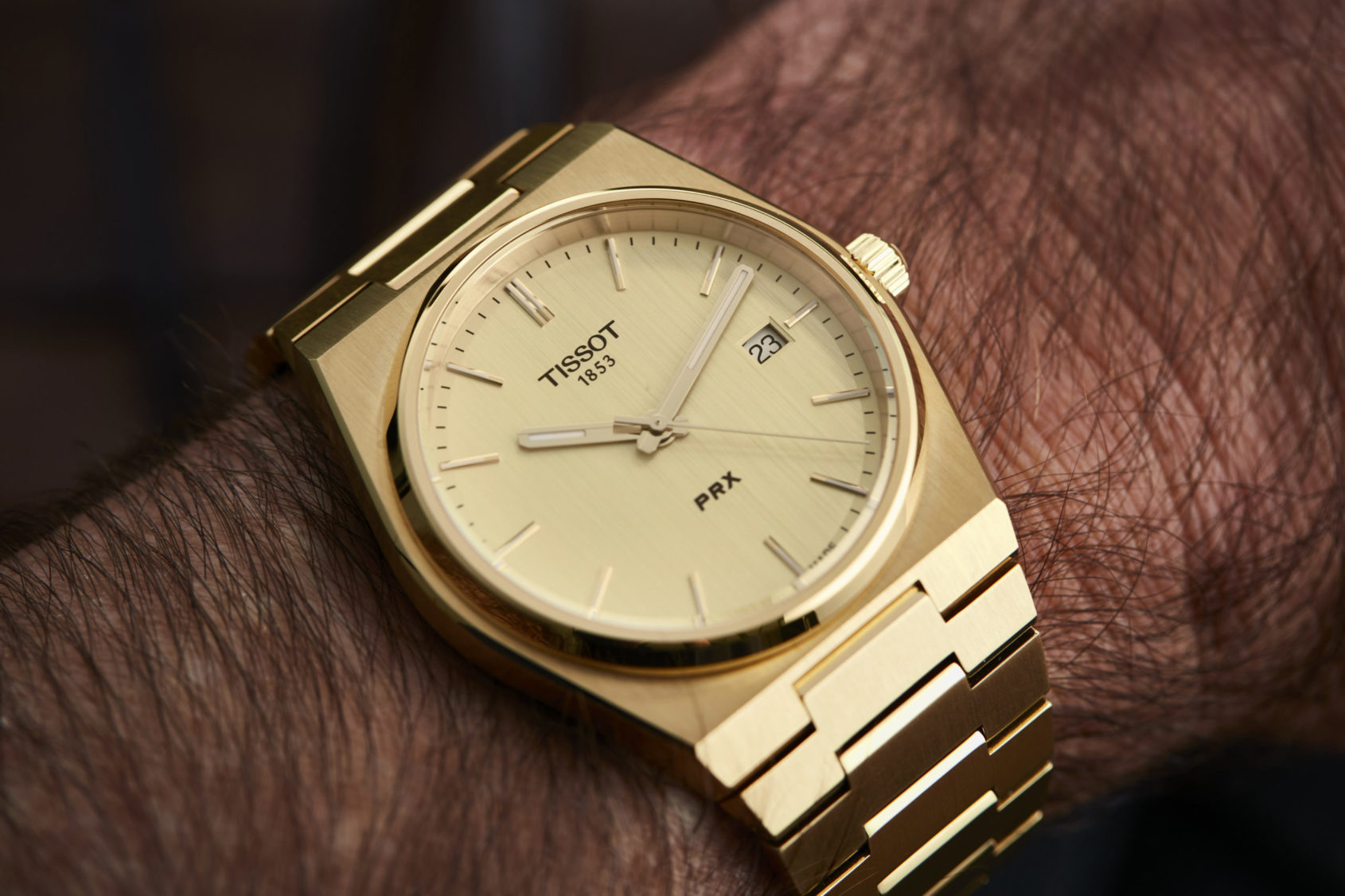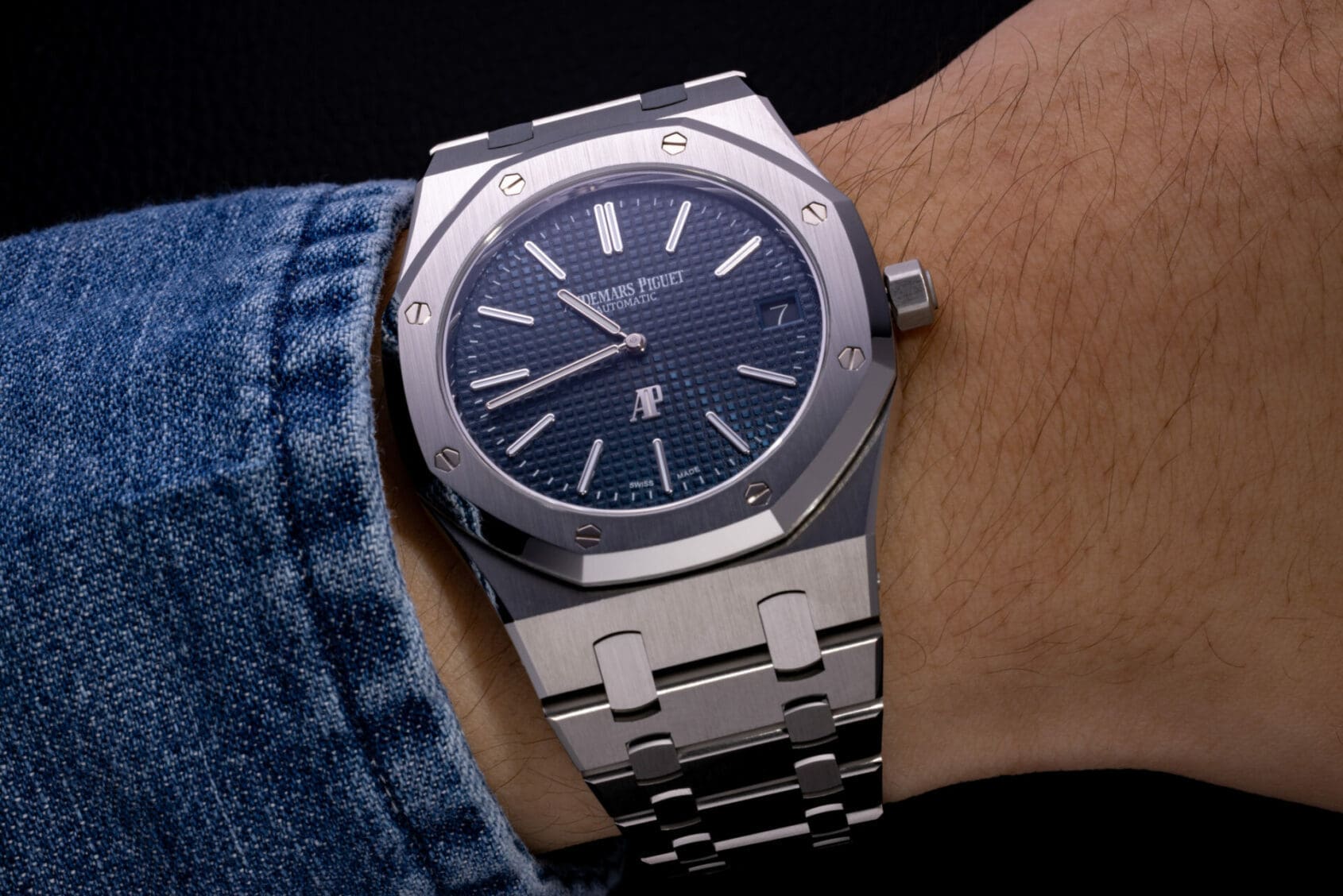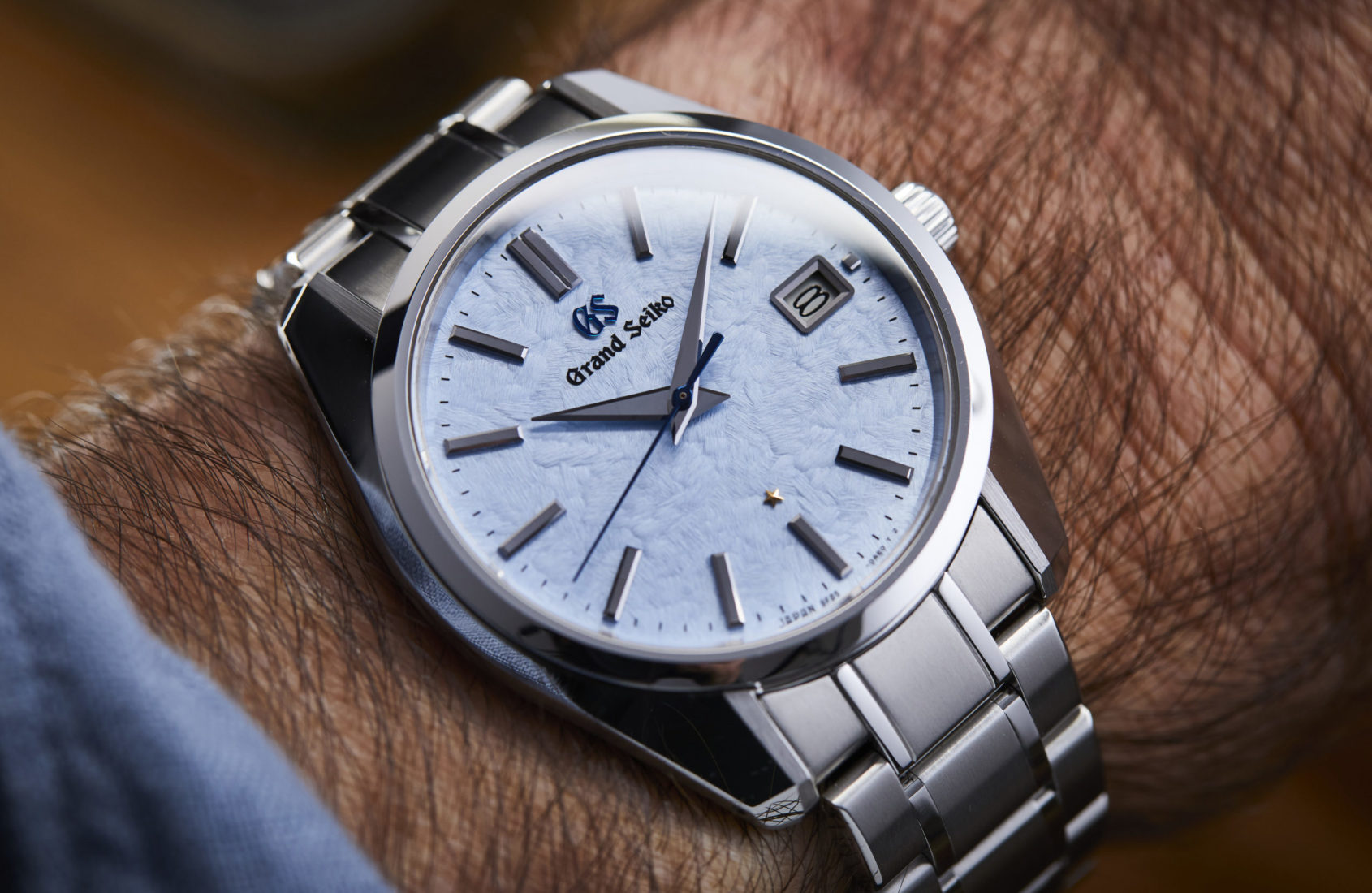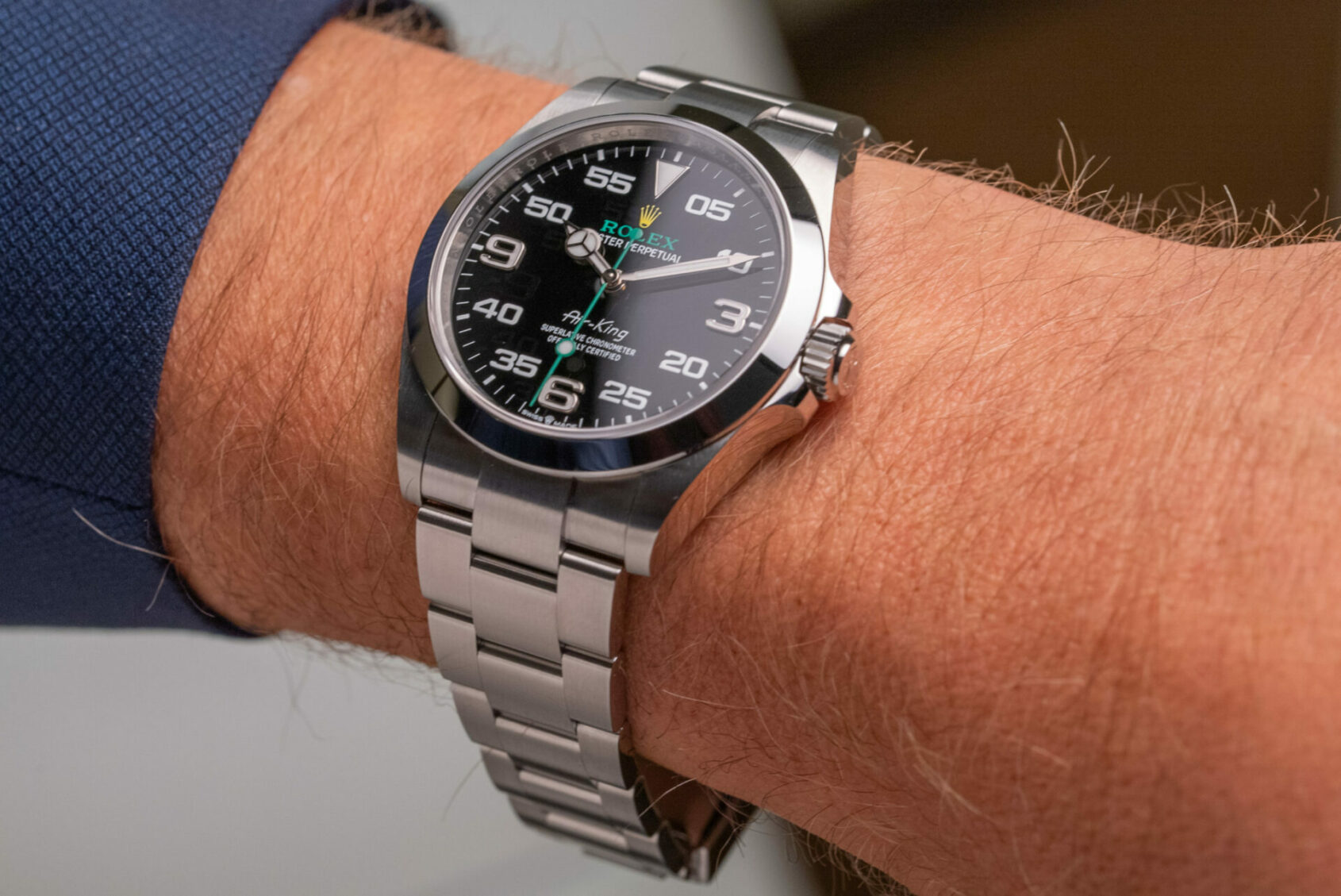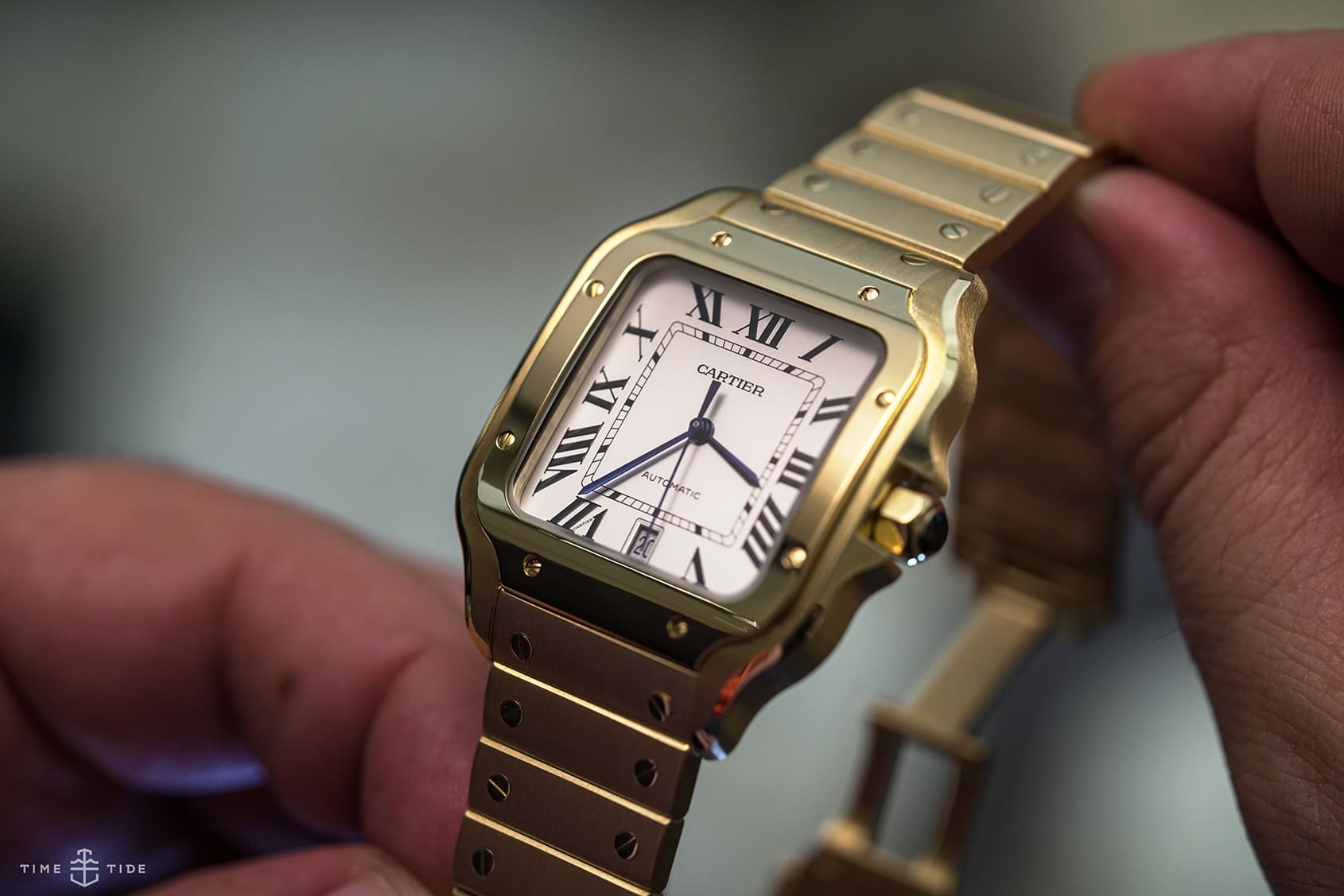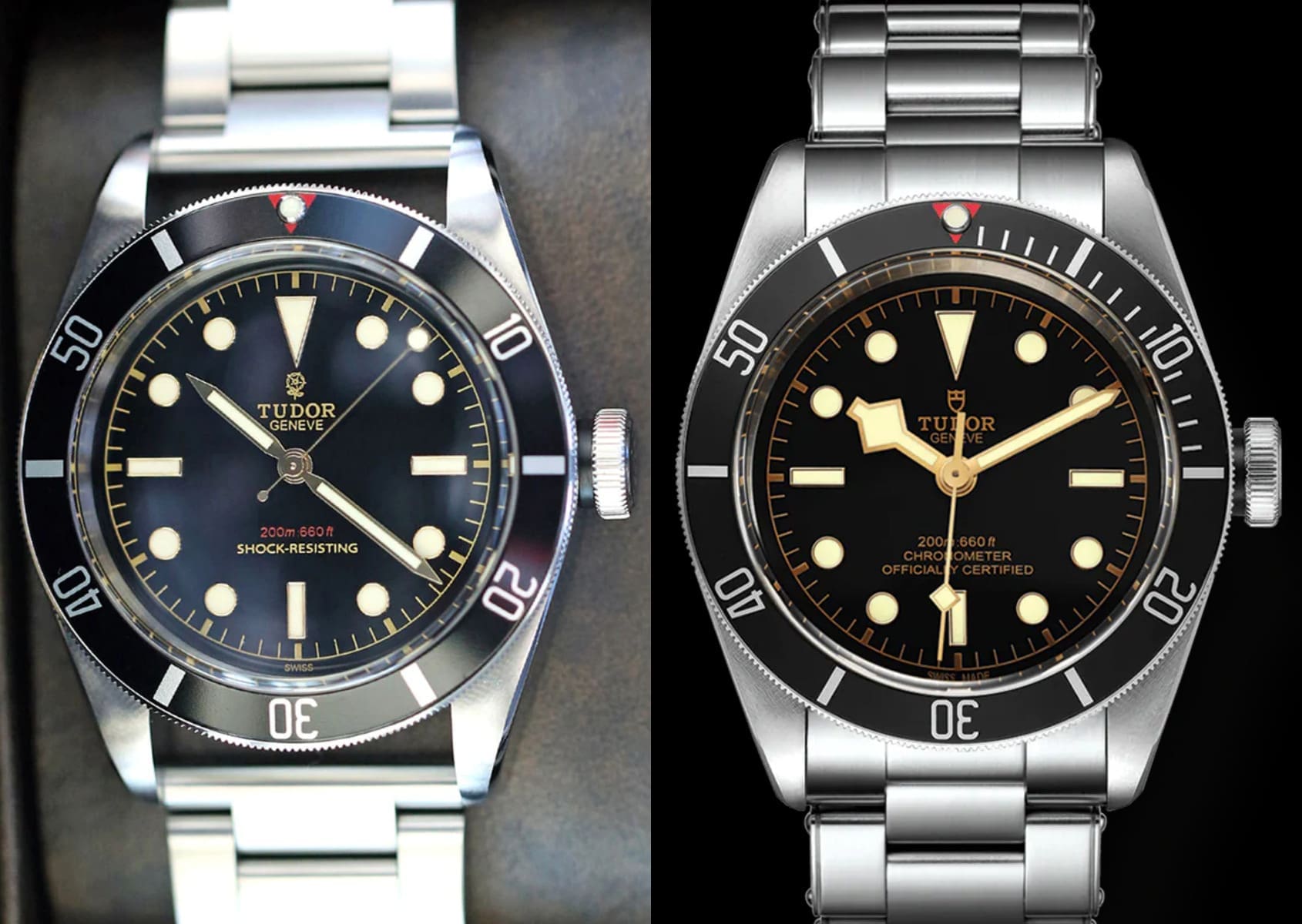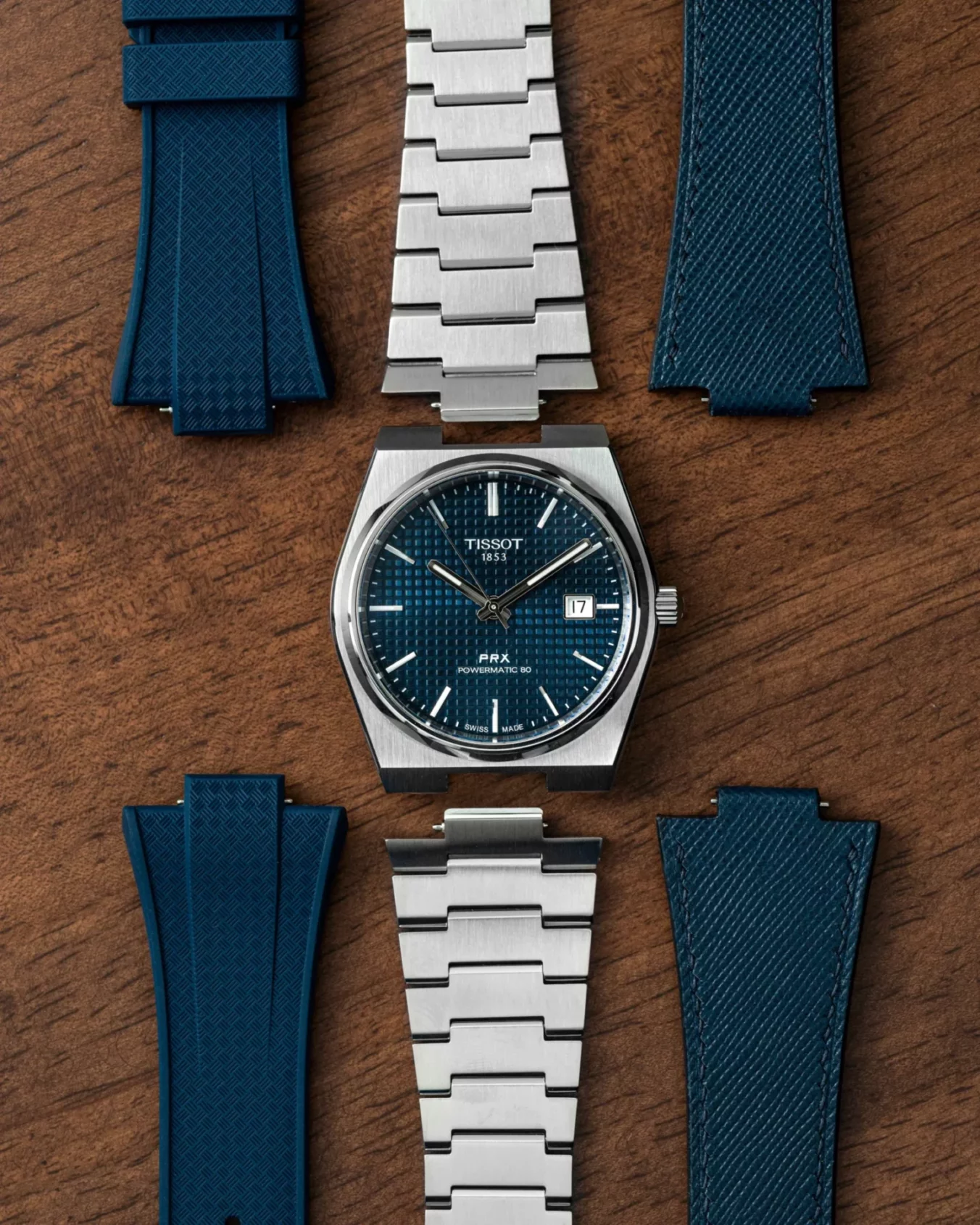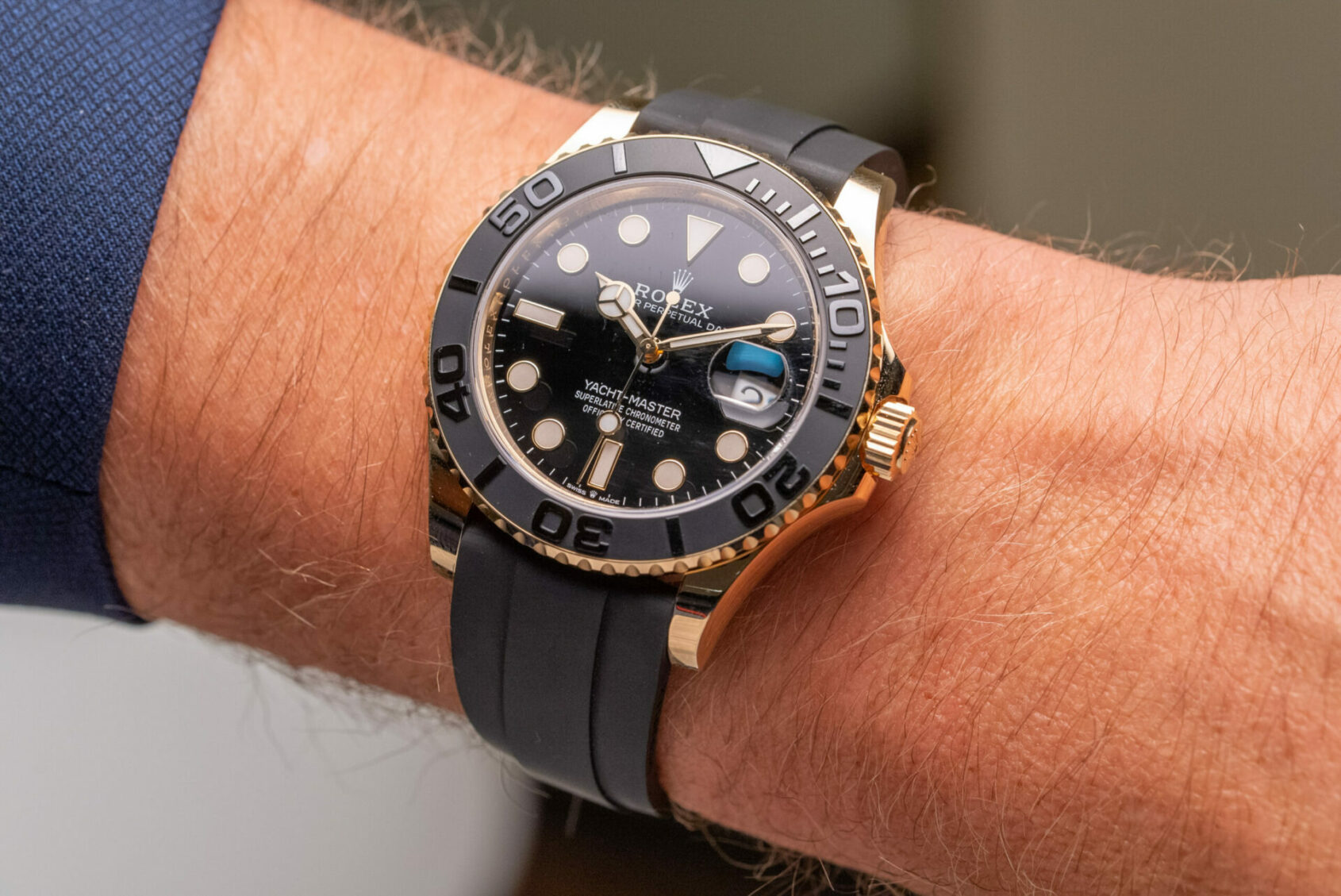Making the case: The term ‘integrated bracelet’ is being commonly misused
Zach BlassWithin the watch space we have our own dialect. Terms like “workhorse”, “beater”, “strap monster” and more increasingly become a part of your speech the further you go down the rabbit hole of watch enthusiasm. In an era where sporty watches reign supreme, “integrated bracelet” is one of the most regularly used terms. But its relevance to many hype watches of the moment, in my opinion, has resulted in its overuse. Or more accurately, its misuse – by both brands and consumers alike.
Ok then… what is an integrated bracelet?
It is a bit too simplistic to explain it this way, as you should never use the word itself in a definition. But, a true integrated bracelet is a bracelet that integrates into the case. A textbook example of this is the Audemars Piguet Royal Oak. Unlike a traditional watch case, the Royal Oak does not have two lugs on the top and bottom with a space in between. Instead, there are small cut-outs on the cambering edge of the case in which two “male links” integrate into the case.
Two male bracelet links are not necessary, as exhibited by other common examples above. Watches like the Tissot PRX, Vacheron Constantin Overseas, Girard-Perregaux Laureato, Zenith Defy Skyline Skeleton, and Patek Philippe Nautilus all have a single male link that is inserted into the case build. Some of these integrating male links, whether single or multiple, can be narrower as seen in the Royal Oak and Overseas. Perhaps more commonly, we see a single broader case-integrating link.
When is it misused? Integrated into the case versus flush against the case
View this post on Instagram
Seems simple right? But, in a time of unobtanium watches and constantly proposing alternatives, perhaps for ease of comparison I often see people mislabel watches as part of the integrated bracelet category. One such recent example that sparked this edition of Making the Case, was a photo shared of the A. Lange & Söhne Odysseus Titanium Limited Edition. It is an absolute stunner of a watch, and one that is definitely a worthy rival of the Royal Oak and Nautilus. That being said, the commonality is the luxury sports build and quality of finish inside and out – it is not the integrated style.
While I would never do so myself, if you wanted to put the Odysseus on any standard strap there is nothing stopping you. With truly integrated watches like the Royal Oak and PRX, you would need either a factory strap or a specialised strap from a manufacture like Delugs who have taken the time to create straps that only work for a single design. This again pertains to the fact that most watches, the Odysseus included, utilise two lugs on the top and bottom of a case with a full gap in between. This spacing between the case cannot be considered the case itself, and therefore the bracelet of the Odysseus is not integrating into the case it is resting flush against it.
With this in mind, if the Odysseus has an integrated bracelet then so would this Grand Seiko SBGP017.
And the new Rolex Air King.
And the Cartier Santos, that’s commonly mislabelled with integrated status. But they all do not. Again, these are bracelets that rest flush against their cases with no visible gap. They do not integrate into the case.
Quick sidebar: Flat versus flush/fitted
Bracelets were not always fitted or flush to the case. In an era where components were sourced by specialists for use across various brands, there was a generic element of these designs that allowed them to work with as many watches as possible. An example of this would be the unique Tudor Black Bay produced for Only Watch in 2015, with flat-ended bracelet evocative of the Tudor Submariner 7923 from 1954. The current Black Bay Heritage 41mm in standard production displays how bracelets are now typically fitted to the curvature of a case, resting flush against it.
Back to the original point – the same rules for integrated bracelets can be said for straps
The picture above perfectly conveys what an integrated bracelet, rubber strap, and leather strap look like. In my opinion, the same rule set applies. An integrated strap connects into the body of a case, whether through the material itself or a male link embedded within the strap.
By the above logic, the Oysterflex bracelet above is not integrated.
The interchangeable rubber strap packaged with the Defy Skyline, however, is integrated.
I rest my case.




